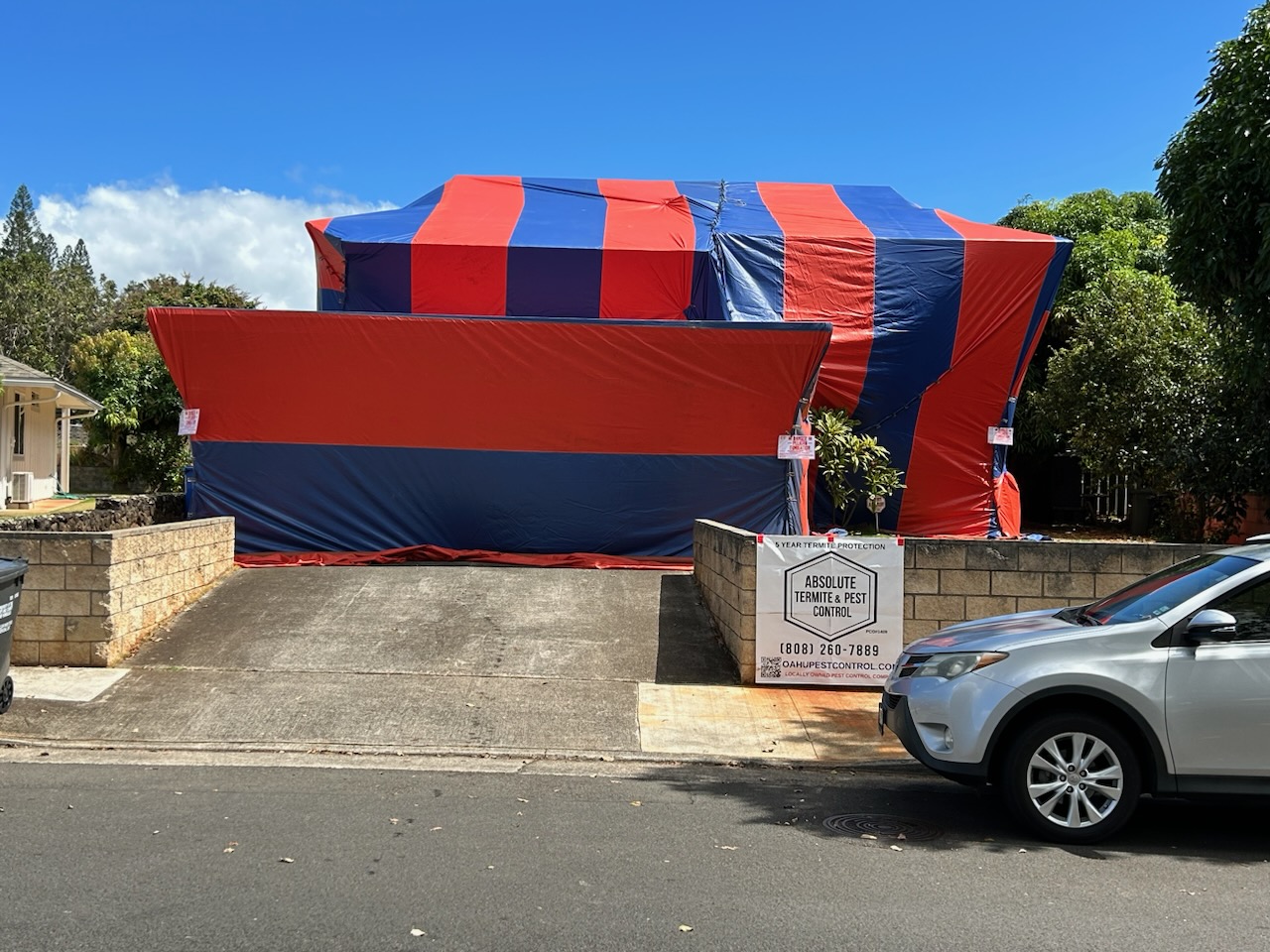How Does Hawaii's Unique Climate Influence Pest Control Approaches?
- Absolute Pest Control Hawaii PCO#1409
- Dec 17, 2024
- 3 min read
Hawaii is famous for its stunning scenery and rich biodiversity, but its unique climate poses specific challenges for pest control. Understanding how local weather conditions affect pest populations is crucial for both residents and visitors to maintain a healthy environment.
The Role of Hawaii's Climate in Pest Habitats
Hawaii's tropical climate features warm temperatures, high humidity, and varied seasonal patterns. These conditions create ideal environments for numerous pests, including insects and rodents.
For example, the warm, moist air is perfect for breeding mosquitoes, cockroaches, and termites, making them common nuisances. These pests flourish in humid areas and find plenty of food from the island's lush flora.
As such, pest control measures must adapt to these conditions, focusing on prevention and quick responses during outbreaks.
Impact of Temperature on Pest Distribution
Temperature is a key factor in pest distribution and life cycles. In Hawaii, average temperatures rarely fall below 60°F, enabling pests to survive year-round.
A notable example is the coffee borer beetle, an invasive species that has caused significant damage to coffee crops. Reports indicate that this beetle has led to a 25% decline in coffee yields in some areas, prompting unique and intensive control measures.
Implementing integrated pest management (IPM) strategies that monitor temperature changes and pest populations can help develop effective interventions. Tracking seasonal shifts in temperature is essential for predicting pest invasions and adapting strategies accordingly.
High Humidity and Its Effects on Pest Behavior
Hawaii's high humidity has a direct impact on pest behavior and population dynamics. Pests thrive in these damp conditions, leading to higher survival rates and more rapid reproduction.
For instance, mosquitoes prefer to breed in stagnant water, which can accumulate in low-lying areas during the wet season. Hawaii has seen an uptick in mosquito-borne diseases, with a 50% increase in reported cases over the past five years. Regular surveillance and control measures are critical in keeping these pests in check.
Furthermore, pest control methods often need to accommodate the effects of humidity. Traditional spray treatments may be less effective in humid conditions, forcing professionals to explore alternative strategies tailored to the environment.
Rainfall Patterns and Pest Life Cycles
Rainfall patterns in Hawaii can vary drastically, impacting pest populations. In regions with heavy rainfall, such as Hilo, pest populations may surge after storms due to ideal breeding conditions.
Conversely, drier areas like Lahaina can see reduced pest numbers. This variability necessitates adaptable pest control strategies, with seasonal monitoring critical for identifying peak pest activity. Communities that implement proactive measures during wet seasons can significantly reduce pest problems.
The Challenge of Invasive Species
Hawaii's isolation has created a unique ecosystem, but it is also vulnerable to invasive species brought in by human activity. These pests often become invasive due to a lack of natural predators.
For example, the coqui frog has proliferated across the islands, with populations soaring 200% in some regions, displacing native species and disrupting local ecosystems. Pest control focuses on eradication or containment of invasive species through environmentally friendly methods, including biological control, which uses natural predators and promotes habitat restoration.
Sustainable Pest Control Strategies
Given Hawaii's unique environmental challenges, sustainable pest control practices are essential. These strategies prioritize ecological health while effectively managing pest populations.
One key approach is integrated pest management (IPM), which includes biological, cultural, mechanical, and chemical practices. Community engagement is also vital. For instance, residents can participate in cleanup initiatives that eliminate standing water, reducing mosquito habitats. Studies show that community-led efforts can decrease mosquito populations by over 30% when implemented consistently.
The Future of Pest Control in Hawaii
The need for effective pest control in Hawaii is only expected to grow. Climate change is intensifying existing challenges, leading to shifts in pest behaviors and habitats.
Adapting management strategies to these changing conditions is crucial. Ongoing research into pest lifecycles and environmental impacts will be vital for devising new solutions that promote agricultural sustainability and protect Hawaii's ecosystems.
Closing Thoughts
Hawaii's unique climate greatly affects pest distribution and control. Temperature, humidity, and rainfall all shape pest behavior and life cycles.
Adopting adaptive pest control strategies that consider these climate factors is essential for maintaining ecological health while protecting public safety. By focusing on sustainable practices and proactive measures, we can help ensure that Hawaii remains a beautiful and safe haven for both residents and visitors.
As we face the growing challenges posed by climate change and invasive species, the role of community involvement and ongoing research becomes even more critical. Collectively, these efforts play a significant part in sustaining Hawaii's natural ecosystems.














Comments